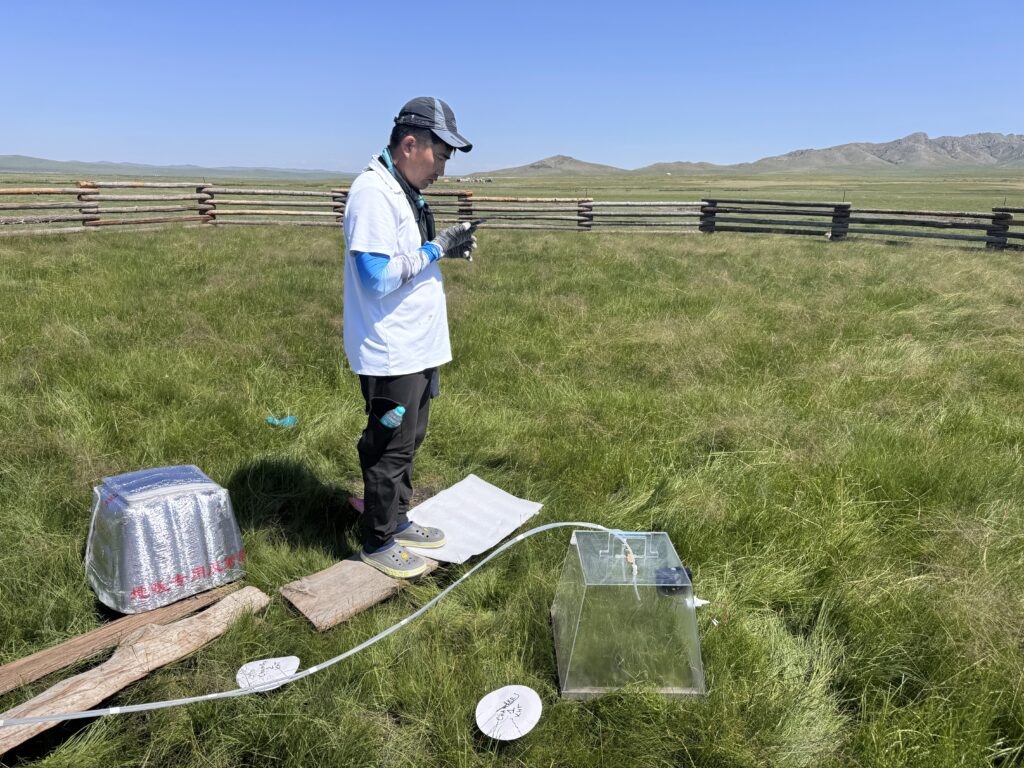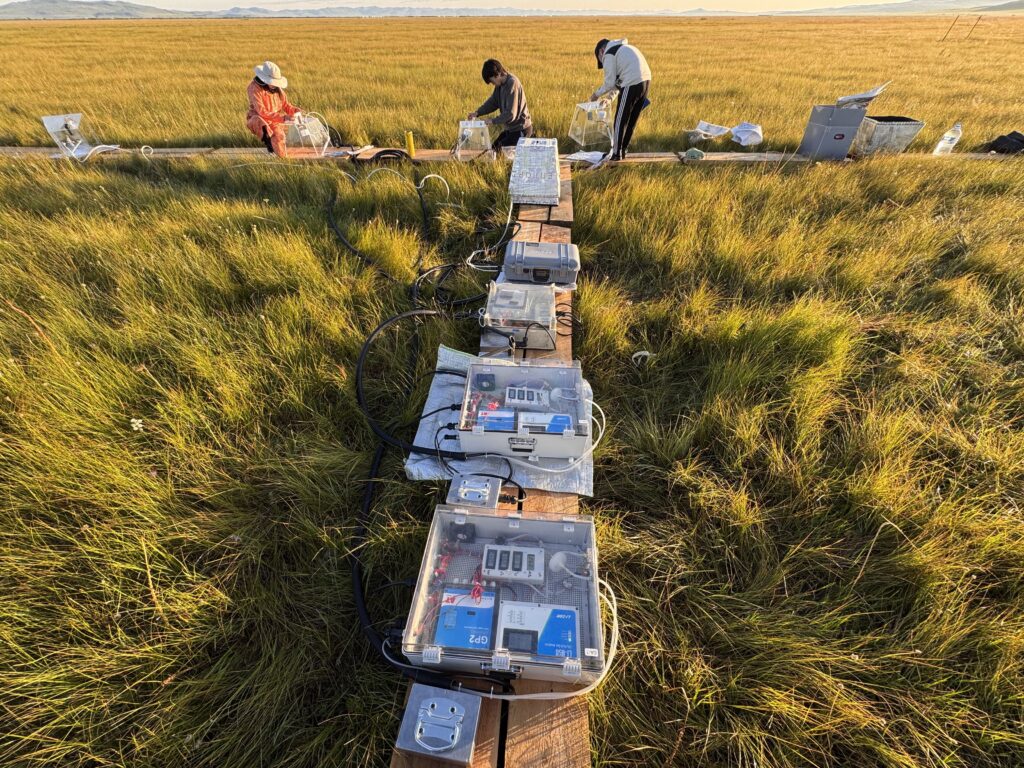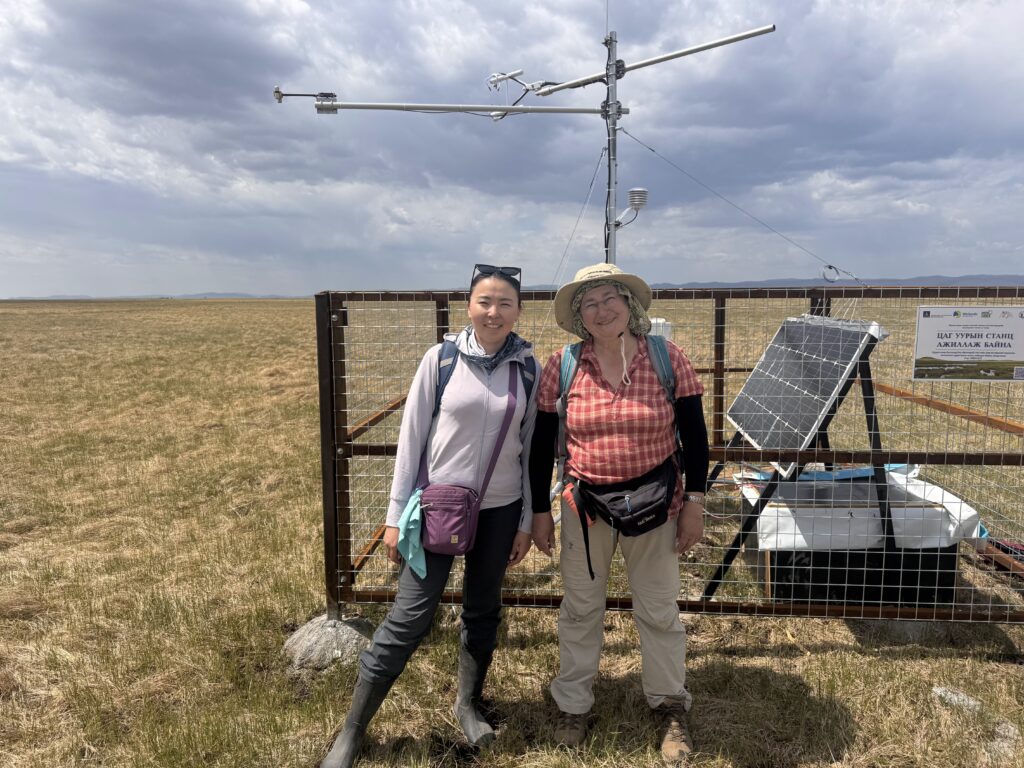
Project update: peatland restoration in Mongolia
Since 2024, Wetlands International and partners have been implementing a five-year project to restore degraded peatlands in Mongolia. The project focuses on four areas – Mungunmorit , Khurkh, Khashaat, and Orkhon – and will restore close to 20,000 hectares of peatlands.
In May-June 2025, Wetlands International , WSCC Mongolia, Care for Ecosystems and local partners, successfully launched the implementation phase in the Khashaat Project Area, specifically in the Khashaat Nomgon Project Instance. Peatlands in this area are severely degraded due to intensive grazing and infrastructure pressure. These factors have accelerated permafrost thaw, resulting in continuous drying of the peatlands and the discharge of saline water from deeper layers that were previously sealed by frozen ground.
Initial technical interventions carried out in May-June 2025 were built on the results of the restoration of four springs completed between 2017 and 2019. Efforts were focused on fencing areas around the restored springs, with the additional potential for winter fodder (hay) production. The objective was to secure freshwater sources feeding into the fenced zones.
To date, the cumulative effect of these interventions has impacted a total area of 12 hectares – 8 hectares through direct restoration and an additional 4 hectares through associated positive impacts.
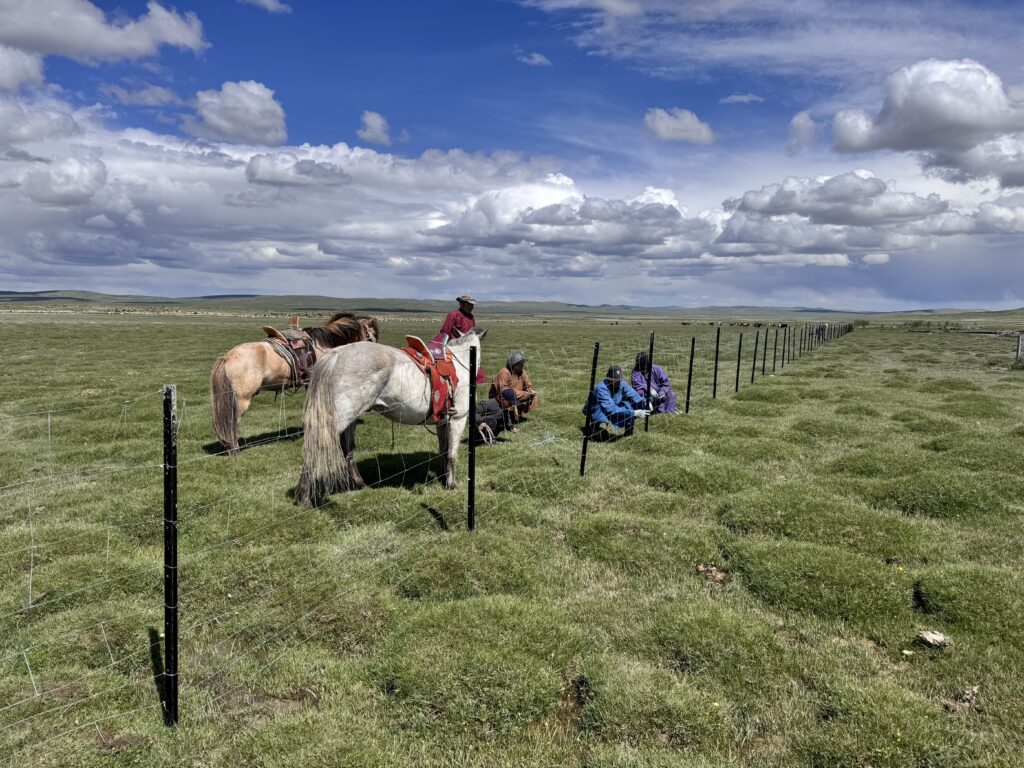
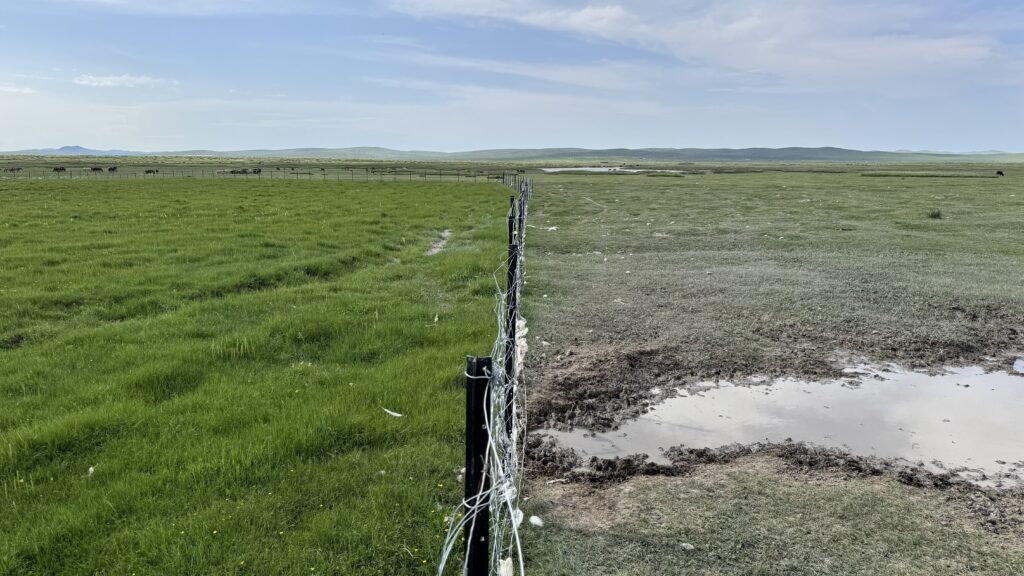
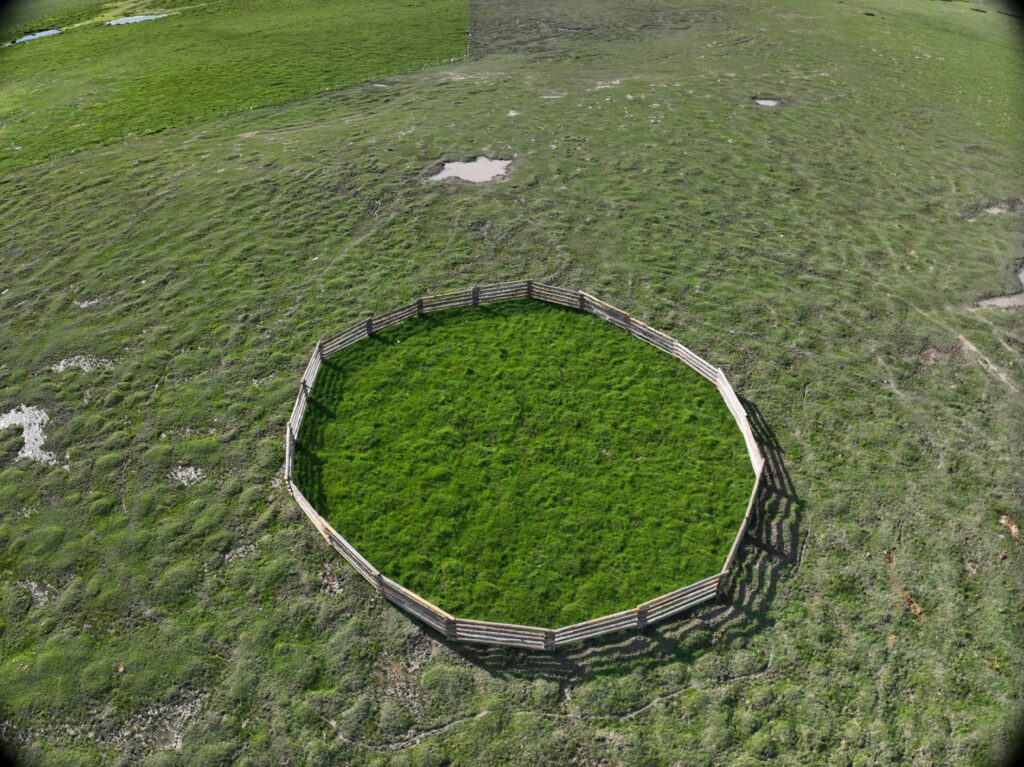
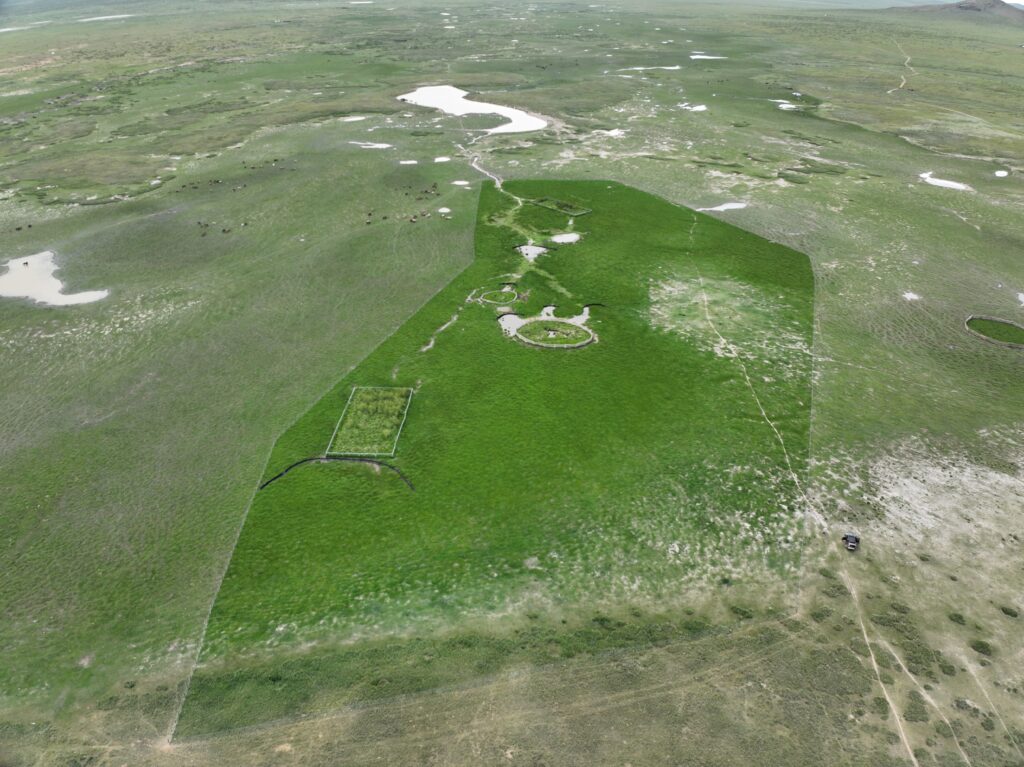
Additionally, the team set up a monitoring system to assess the progress of project implementation in Khashaat, Mungunmorit, and Khurkh areas. This included, for example, collecting baseline data on GHG emission factors in permafrost ecosystems – both in fenced and non-fenced sites.
Collecting baseline data on GHG emissions factors in Project instances (applying Closed chamber and Eddy Covariance methods)
A slideshow with 3 images
The slider is set to loop infinitely.
In the coming months, the project team will focus on developing design concepts for the remaining project areas, as well as finalising the Project Design and Description (PDD) document.

